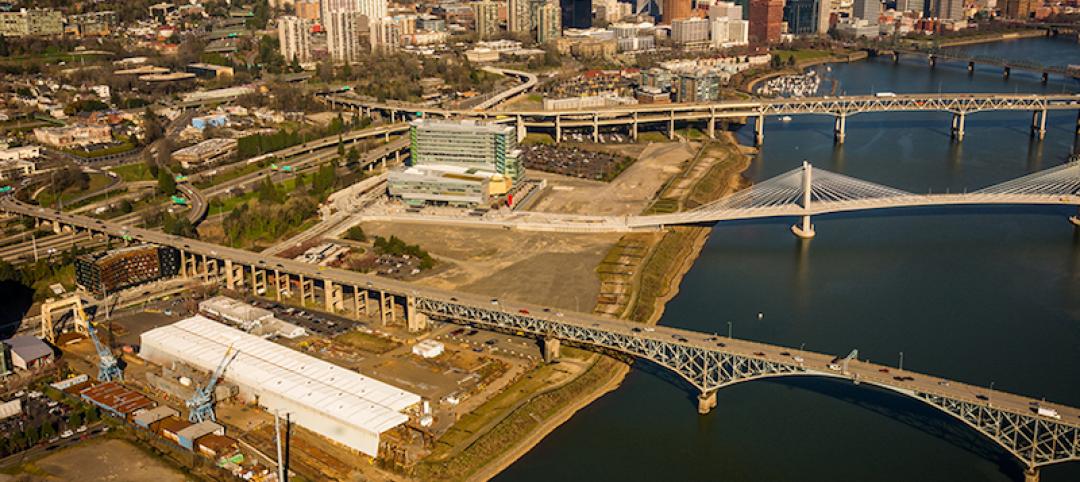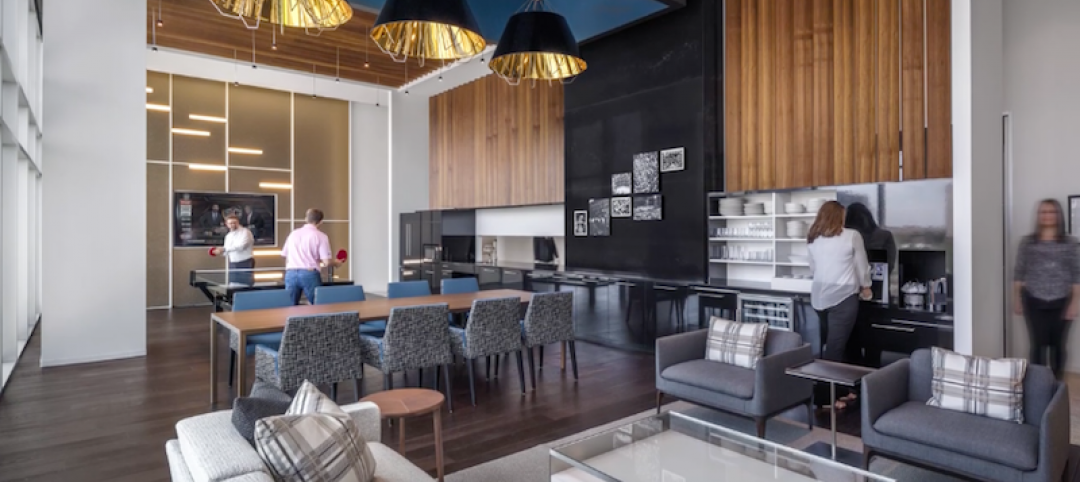Perkins&Will recently released its first ESG report that discloses the firm’s operational performance data across key metrics and assesses its strengths and opportunities.
The firm also introduced to its internal design teams advanced best practices around energy use intensity (EUI), embodied carbon, and materials specification. Perkins&Will says it has established its own industry-leading thresholds for EUI performance and embodied carbon emissions and developed a more stringent protocol for avoiding products and materials with known human and environmental health concerns.
In 2022, Perkins&Will established a policy to transition its global operations off fossil fuels, conserve more energy, conduct embodied carbon assessments, integrate renewable energy technologies into the design of its new studios, and procure high-quality carbon offsets. The new report examines progress made in these areas.
“By putting the spotlight on our performance and sharing it with the world, we make it known that we’re serious about doing what’s right—not just for our business, but also for people and the planet,” says Kathy Wardle, regional director of regenerative design. “We’re also making it clear that we’ve got a lot more to learn.”
The firm plans to release more information—including its complete embodied carbon benchmarking study—to clients and the industry-at-large this year.
Related Stories
Green | Apr 14, 2017
Sunqiao looks to bring agriculture back to Shanghai’s urban landscape
Vertical farms will bring new farmable space to the city.
Sustainability | Apr 13, 2017
How to make a concrete bunker livable
SOM’s design for New York’s second Public Safety Answering Center leans on strategically placed windows and the outdoor environment.
Green | Apr 11, 2017
Passivhaus for high-rises? Research demonstrates viability of the stringent standards for tall residential buildings
A new study conducted by FXFOWLE shows that Building Teams can meet stringent Passivhaus performance standards with minimal impact to first cost and aesthetics.
Codes and Standards | Apr 6, 2017
Product-specific EPDs seen as key aid to earning green building credits
The product-specific EPDs allow designers to more quickly earn a LEED v4 credit in the Materials & Resources category.
Sustainability | Apr 4, 2017
Six connected CLT towers create an urban forest in India
The mixed-use towers would each rise 36 stories into the sky and connect via rooftop skybridges.
Urban Planning | Apr 3, 2017
Capturing the waterfront draw
People seem to experience a gravitation toward the water’s edge acutely and we traverse concrete and asphalt just to gaze out over an open expanse or to dip our toes in the blue stuff.
Mixed-Use | Mar 27, 2017
The Plant brings terrace-to-table living to Toronto
Curated Properties and Windmill Developments have teamed up to create a mixed-use building with food as the crux of the project.
Sustainability | Feb 28, 2017
Workplace wellbeing
Organizations are starting to realize that there are benefits to addressing employee wellbeing.
Sustainability | Feb 20, 2017
‘Forest cities’ could help solve China’s air pollution problem
The architect behind China’s first vertical forest skyscraper has bigger plans for entire cities filled with vertical forests.
Green | Feb 6, 2017
A to Z: Seoul’s elevated park features 24,000 alphabetized plants
The plants will represent 250 species found in South Korea.

















